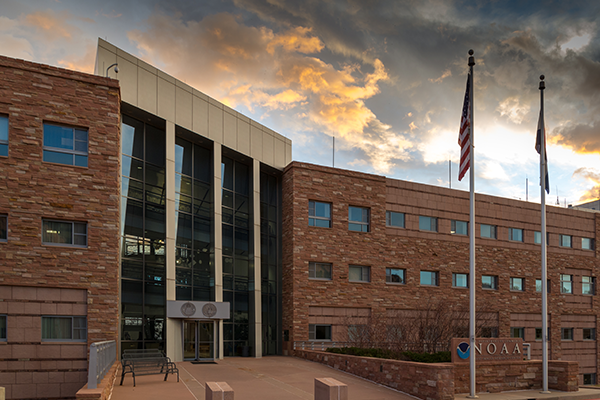
Arctic Cyclone Structure and Interactions with the Sea Ice at MOSAiC
Ola Persson
NOAA/PSL
Tuesday, Jun 16, 2020, 2:00 pm
Abstract
Recent studies have suggested that Arctic cyclones (ACs) are long-lived (weeks), have a unique vertical structure (large, axisymmetric, and quasi-barotropic), form from phasing of tropopause polar vortices (TPVs) with low-level baroclinic zones (e.g., non-summer ice edges, summer coastal zones), and have important impacts on sea ice through both dynamic and thermodynamic processes. Other studies have shown that predictability of ACs is worse than for mid-latitude cyclones, though it is not yet clear whether this unique structure is implicated. Our knowledge of Arctic cyclones is still nascent, and much of the structural aspects have been determined from reanalyses of primarily summertime ACs rather than observations. AC impacts on sea ice are primarily hypothesized by timing of coincident satellite-observed ice changes, such as Very Rapid Ice Loss Events (VRILEs) where rapid ice concentration losses are seen in satellite imagery. Impacts of ACs on the sea ice likely occur through a complex interaction of a variety of air-ice-ocean interaction processes, though few direct observations are available to evaluate the AC structure, evolution and processes driving surface impacts. However, the ongoing Multidisciplinary drifting Observatory for the Study of Arctic Climate (MOSAiC) field program is making air-ice-ocean measurements in numerous Arctic Cyclone events since early October 2019 up until now (late May 2020). This presentation will utilize the analysis of observations from primarily one case from November 2019 to provide an observational comparison to the structural paradigm of ACs, to demonstrate how an AC impacts the sea ice during early winter, and to introduce some of the observations being made at MOSAiC. This early winter case suggests that modifications to AC paradigms described in the literature are necessary. These and other observations also show that AC impacts on the sea ice are complex, and involve both dynamic and thermodynamic air, ice, and ocean processes. This is a work in progress, and additional cases will be examined in this study as more MOSAiC data becomes available.
You must provide an accepted form of identification at the Visitor Center to obtain a vistor badge. Security personnel also inspect vehicles prior to entrance of the site. Please allow extra time for these procedures.
After receiving a badge, you must arrive at the DSRC Lobby at least 5 minutes before the seminar starts to meet your security escort. If you arrive after that time, you will not be allowed entry.
Foreign Nationals: Please email the seminar contact at least 48 hours prior to the seminar to provide additional information required for security purposes.
Seminar Contact: tom.statz@noaa.gov